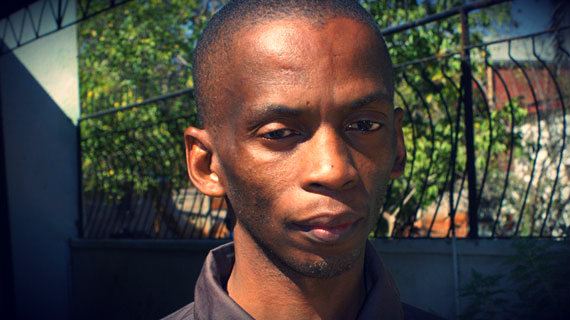
We are in the sixth month of the year and it is important to take stock of progress as a country and in particular to take account for the achievements and failures of the government in the first half of the year.
However, simply put the Zanu PF government has failed spectacularly after winning spectacularly in the elections. This is not rocket science stuff, but any Thabani, Thando or Rudo can see that.
Emotions aside, let us look at some of the areas where the government has failed and measure this against its own targets.
The Constitution The Constitution is a fairly good document, but for it to work it needs to be implemented and to have existing laws aligned to it.
In addition new laws need to be created to reflect this constitutional dispensation. Up to 400 laws need to be aligned to the constitution. To this end the government has failed in a spectacular fashion and even clear constitutional provisions such as chapter 14 which addresses the issue of the creation of three tier levels of government have not been implemented and up to now the provincial governance structures are not functioning.
Obviously the government will hide behind the finger of Samuel Sipepa Nkomo’s court challenge but that very court action was necessitated by official inertia and indifference to the imperative of a new three-tier governance model which will make public administration and community driven development more of a reality. The other reason which may be cited is shortage of funding to actualise the process of creating provincial and metropolitan structures.
This is hard to believe given that some senior government employees have the luxury of having cars hired out for them for up to $7 000 a month. What an obscenity! This is just a poor excuse for lopsided priorities.
The government has, however, attempted to fill in gaps in the chapter 12 commissions which are the independent commissions as well as advertising for vacancies in the new Peace and Reconciliation Commission.
- Chamisa under fire over US$120K donation
- Mavhunga puts DeMbare into Chibuku quarterfinals
- Pension funds bet on Cabora Bassa oilfields
- Councils defy govt fire tender directive
Keep Reading
This is quite an achievement in terms of following due process and subjecting it to public scrutiny. It is however still too early to start popping the champagne bottles until the entire appointment process is complete and these commissions receive adequate funding so that they actually operate and don’t become decorative and ornamental institutions existing to “baptise democracy in the waters of political endorsement”. The Economy and ZimAsset The government has failed dismally in as far as implementation of its own economic policies is concerned. ZimAsset is much spoken about but like a ghost everybody speaks about it but nobody has actually seen it being implemented.
ZimAsset is touted as a result based on economic framework but there is very little to show for it in terms of results. ZimAsset claims to deliver “quick wins or rapid results between October 2013 and December 2014 in its four clusters namely:
- Food security and nutrition,
- Social services and poverty eradication,
- Infrastructural development and utilities.
Value addition and beneficiation There have been no visible and tangible results in as afar as “rapid results” and quick wins in any of these areas although I hear the registry office has greatly improved in processing national registration documents thanks to the absence of elections. Instead the failure rate has been increasing rapidly and most Zimbabweans are grovelling in grinding poverty with the government struggling to pay civil servants on time and social services continuing to crumble. Financing of ZimAsset Funding of ZimAsset is critical to its success and financing has been elusive. If the truth be told for the government to source the $30 billion required for the blueprint is highly unlikely hence and this has reduced the blueprint to a glorified wish list at best and at worst a party manifesto gone terribly wrong.
The funding sources for ZimAsset are supposed to be tax and non tax revenue, bonds, Private-Public- Partnerships, the Sovereign Wealth Fund, leveraging of resources and funding from Brazil Russia, India and China (the Brics). The government seems to have hit a brickwall in sourcing funding from the Brics and is struggling in all the other sources of funding for the economic project. Corruption Corruption continues to manifest itself in government departments and state institutions like a stubborn demon. Jonathan Moyo to his credit did his part to expose the corruption in ZBC.
Largely, however, corruption continues unabated and there is need to nip this cancerous phenomenon in the bud. Policy inconsistency The government continues to be haunted by official confusion in policy implementation and direction as evidenced by the comic contradictions between Information minister Jonathan Moyo and Indigenisation minister Francis Nhema both of whom sit in the same Cabinet and it is assumed discuss policy issues in Cabinet.
This sends wrong signals to potential investors who are really motivated by policy consistency and stability. Factional politics seems to be clouding policy implementation
In short though in the first six months the government has simply failed to deliver and one wonders how things will be like in year’s time.
Dumisani Nkomo is a political commentator and chief executive officer of the Habakkuk Trust. He writes in his personal capacity. www.dumisanionkomo.blogspot.com. WhatsApp on 0779 617 926.










